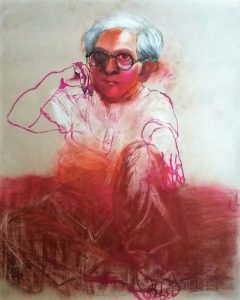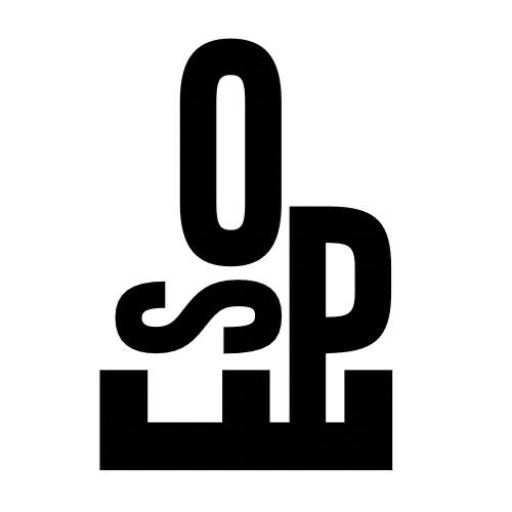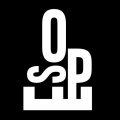Saturdays 10am to 4.30pm
Course Fee £335
Course summary
Experimentation: “Images are not sought, they are found” Picasso
 Through various led exercises we will explore methods to achieve new kinds of imagery in relation to the figure and storytelling. Involving methods that are led by both material processes and content, our results will lead us to possibly hitherto unexplored territories. An open mind is helpful as we explore drawing, collage, story telling, music, poetry, photographs and film amongst others as starting points to lead us into new relationships to making images. There will be suggested gallery visits to help stimulate ideas plus advice on using sketchbooks.
Through various led exercises we will explore methods to achieve new kinds of imagery in relation to the figure and storytelling. Involving methods that are led by both material processes and content, our results will lead us to possibly hitherto unexplored territories. An open mind is helpful as we explore drawing, collage, story telling, music, poetry, photographs and film amongst others as starting points to lead us into new relationships to making images. There will be suggested gallery visits to help stimulate ideas plus advice on using sketchbooks.
Level: This course is suitable for a wide range of levels of experience except absolute beginners. If in doubt please get in touch by phone or email. A willingness to try new things and succeed and fail is recommended!
Tutor: This course will be taught by Alison Harper, an experienced artist and teacher having exhibiting nationally and internationally and who works with the figure in various ways. Alison has work held in public and private collections worldwide.
Introduction to the course:
The course will take place over three terms beginning with short led projects gradually encouraging a more sustained body of work. In the third term we will focus on a series of final projects. The course will involve individual and group crits and you will be asked to work collaboratively with the group on occasion. You will be given reading, looking and watching lists which are optional but helpful to your development on the course.
This practical course explores the depiction of the human figure and storytelling in painting. We are deeply wired to respond to the human form and its image in art has an undeniable impact on us. However how do we make the leap into poetic or meaningful distortion when we have come from a tradition and starting point of working accurately from observation?
In the course we are led through various projects to help us work experimentally and expressively with the figure. In modern times in Western art some degree of distortion of the figure for expressive effect has been common, from the milder distortions of Marlene Dumas and Jenny Saville in our own time to the more extreme manipulations of Francis Bacon or Picasso. In fact throughout art history and across different cultures a realistic approach to the figure, using accurate proportions, has been the exception rather than the rule. A truth to nature approach has existed at certain times with varying degrees of idealisation but generally mild to strong stylisations of the human body have been the standard in art.
From artists as varied as Henry Moore, Chagall, Eileen Cooper and Adrian Wiszniewski the human figure and stories will always be compelling subject matter, but how to get there, how to make that leap from drawing and painting the seen experience to finding a visual equivalent for the felt or thought experience?
Myths and stories are so important to human beings, whether these are universal or individual we need to start with noting our own subjective responses as a starting point. We will look at identifying, celebrating and building on these. We will also explore a range of beginnings and ways to depict the figure, arriving at original and expressive images. In combination with this we will be researching exciting compositional devices as found in art from other cultures and eras as real and imagined contexts, abstract and representational combine to create visual landscapes that serve our purpose.
Looking at a variety of art and artists – finding your artist allies, dead or alive. We are all different and this is evident in the way we work. When we look widely at the art that is out there it is easier to both progress and go beyond our current habits and to feel more confident with new directions we might be taking. Working from observation, memory and imagination together or in combination, all these approaches are valid. We will at times be working from models as well as other visual sources such as photographs and film.





